The evangelization of Mexico
500 years of faith and transformation
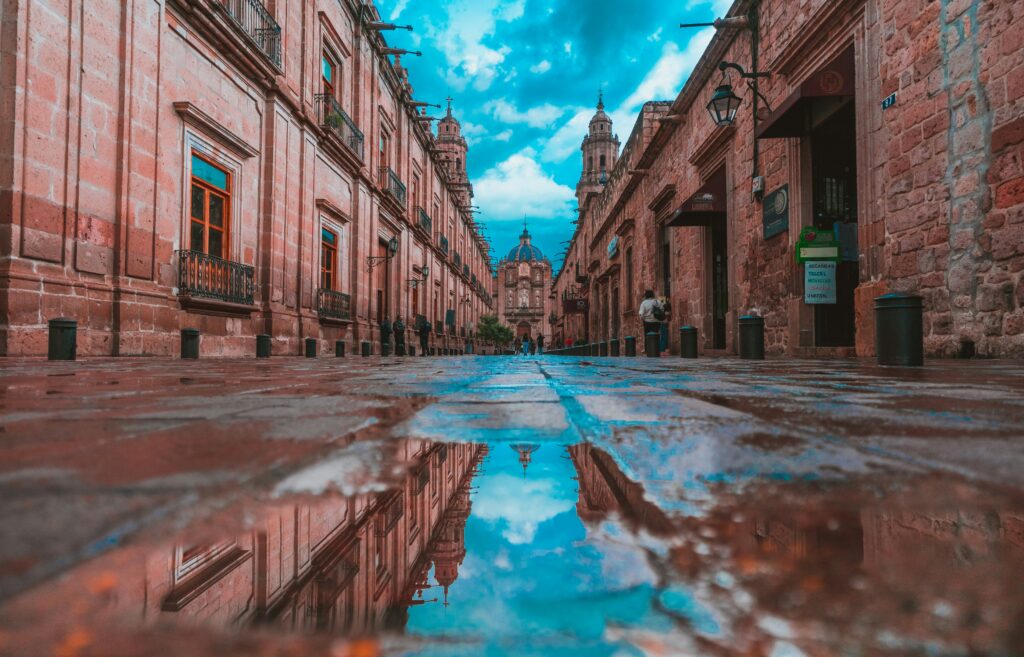
Men celebrate dates: birthdays, the new year, or anniversaries of historical or personal events. When this date commemorates a centenary figure, the celebration tends to be greater.
The 500th anniversary of an anniversary should be a cause for celebration.
Well, today, May 13, 2024, we commemorate the arrival of the so-called “twelve apostles” to the lands of New Spain, in 1524.
They were the first twelve Franciscans, sent by Pope Adrian VI, who arrived in the New World to conquer, yes, but not lands, but souls, for their good, and the greater glory of God.
Before they arrived in response to the insistence of Hernán Cortés in his letters to the King asking for “men of faith”, there were at least five religious: from the beginning, there was Fray Bartolomé de Olmedo, a Mercedarian religious who accompanied Hernán Cortés on his landing in New Spain and who was in charge, among many other tasks, of baptizing the 20 women that the chiefs of Tabasco handed overol to the Spanish. Among them was Doña Marina, who played such an important role in the emergence of New Spain and who was the mother of one of the first mestizos of that land, Don Martín Cortés Malintzin, born in 1522.
The clergyman Juan Díaz, chaplain of the Navy, joined Cortés’s expedition in 1519.
Later, in August 1523, three Franciscans arrived from the Convent of San Francisco in the city of Ghent, in Flanders, sent by Charles I himself. They were Fray Juan de Tecto, the priest Fray Juan de Aora and Fray Pedro de Gante, lego
But it was the arrival, on this day, 500 years ago, of the arrival of Brother Martín de Valencia, the first ecclesiastical authority to arrive in Mexico, along with eleven other Franciscan friars: Francisco de Soto, Martín de la Coruña. Toribio de Benavente (later nicknamed by the indigenous people “Motolinía”, for his attachment to the poor), Luis de Fuensalida, Antonio de Ciudad Rodrigo, Juan Suárez, García de Cisneros, Juan de Ribas, Juan de Palos and Andrés de Córdoba, the milestone that constitutes the true beginning of evangelizing and missionary activity in Mexico.
Without a doubt it was one of them who that same year baptized Cuauhtlatoatzin, giving him the name Juan Diego, who, being the humblest of His children, had the honor of being visited by Our Lady Saint Mary of Guadalupe and receiving the commission to A “sacred house” was to be built on the Tepeyac plain.
Those 12 men, who impressed the indigenous people with their simplicity and poverty, fulfilled the words that Jesus said to his apostles before ascending to heaven:
“Go into the whole world and proclaim the Gospel to all creation.”
And without a doubt, at least several of the signs prophesied by the Lord were fulfilled in them:
“They will cast out demons in my name,” since they were the ones who banished many of the idolatrous deities that led those people to commit atrocious crimes against children and adults.
“They will speak new languages”, without a doubt, something that characterizes missionaries of all times is that the first thing they do is learn the local languages, in no case do they try to eliminate them, but they know that evangelization must be enculturated, the local language being the first way to reach the maximum number of inhabitants.
“They will lay hands and be healed”, we do not know if the twelve apostles of New Spain were able to heal the bodies, but they undoubtedly brought healing to thousands of souls.
These twelve men were responsible for bringing the seed of the gospel to the land of Mexico. Their dedication, their constant defense of all the inhabitants of New Spain and, without a doubt, the support they always received from heaven, including the coming of the Virgin Mary herself in December 1531, made Mexico, as the first of Latin America, become place of praise and blessing to the “most true God by whom one lives.”
We can only exclaim, as Benedict
It is wonderful what the Lord is able to do with just twelve men equipped with sufficient faith.
Thank God. Thank you for these 500 years of Christianity and the presence of the Eucharist and the Virgin Mary, mother of God and mother of all men, in America.
Related
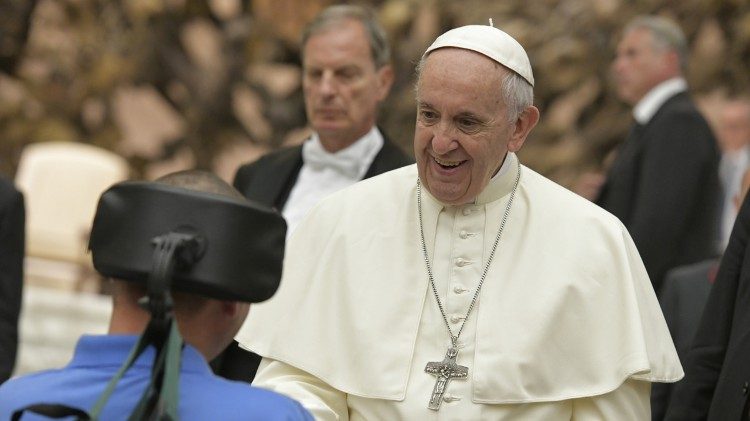
Francis. The Human and Religious Imprint of a Papacy
Isabel Orellana
24 April, 2025
5 min
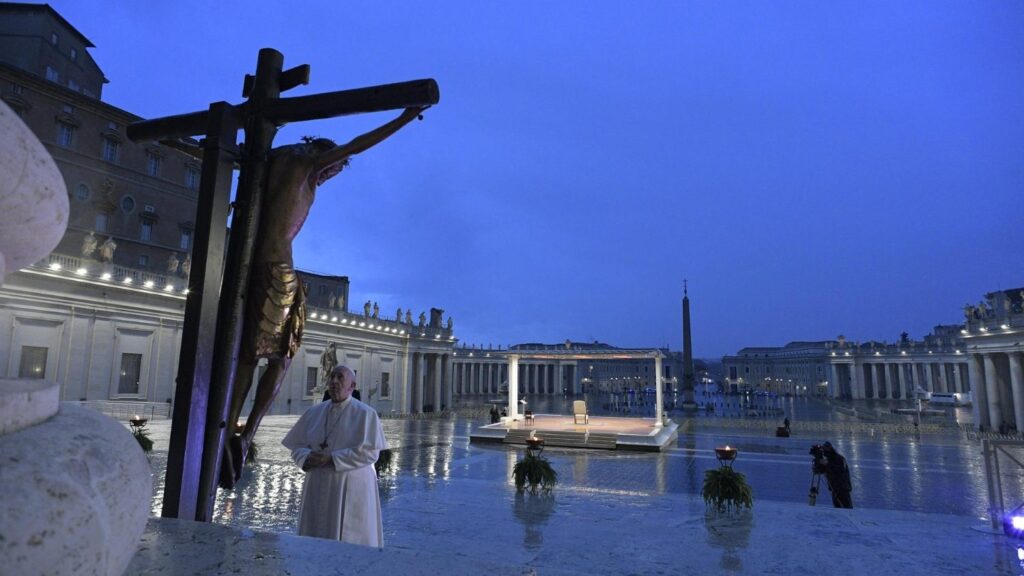
Cardinal Felipe Arizmendi: With the Risen Christ, There Is Hope
Felipe Arizmendi
24 April, 2025
6 min
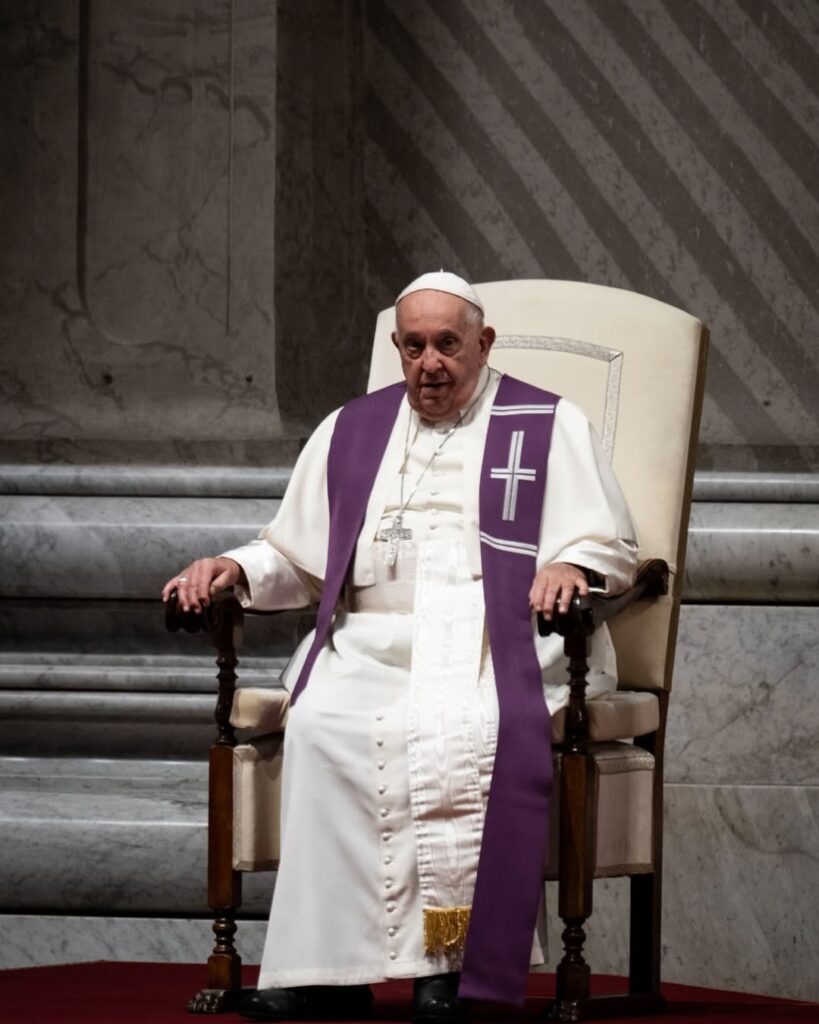
You Didn’t Give Up
Exaudi Staff
23 April, 2025
2 min
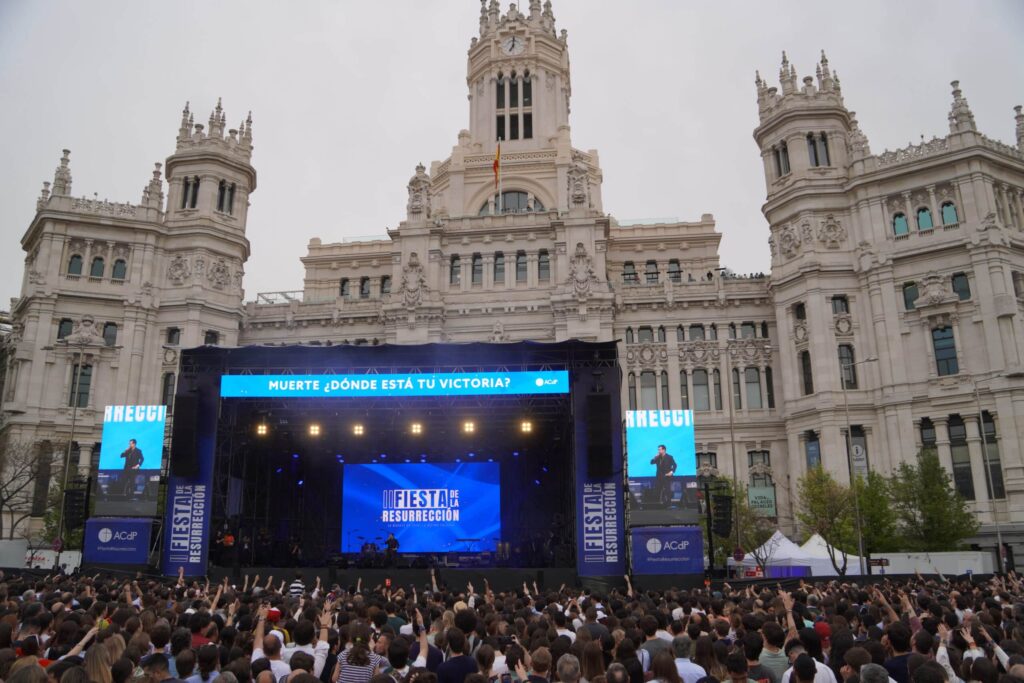
Sing, pray, give thanks
Mar Dorrio
23 April, 2025
2 min
 (EN)
(EN)
 (ES)
(ES)
 (IT)
(IT)

